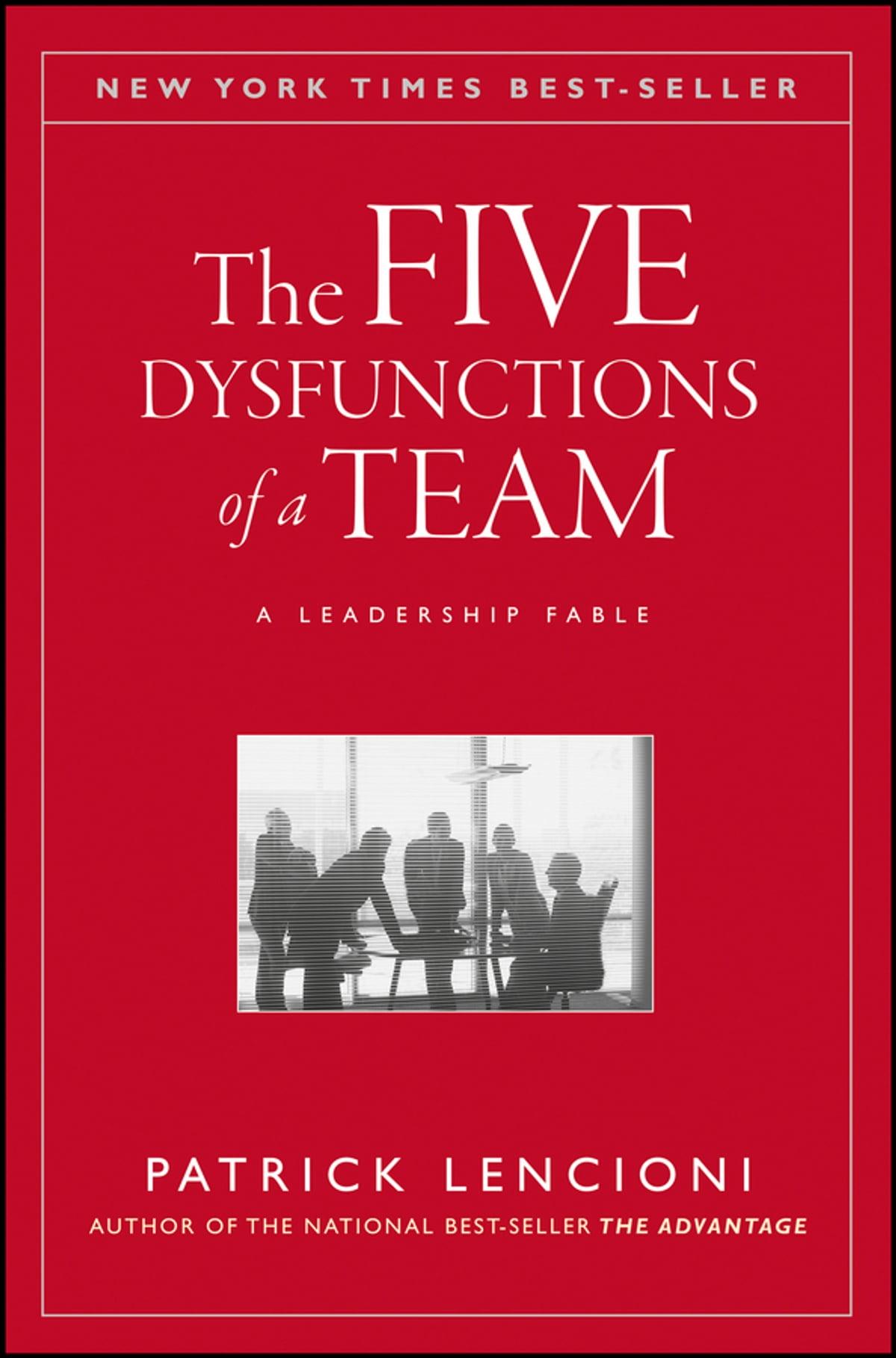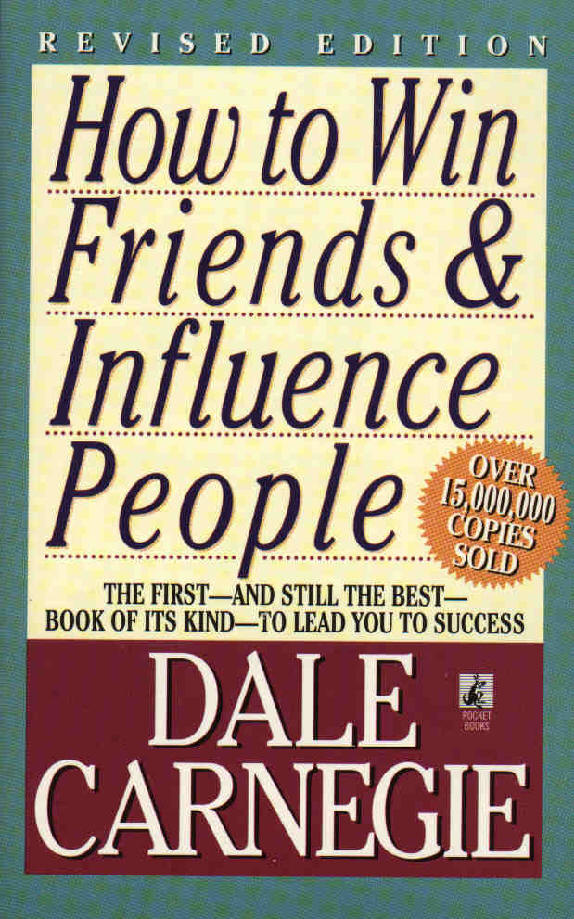Table of Contents
This Five Dysfunctions Book Summary is delves into the insights and principles outlined in “The Five Dysfunctions of a Team” book. This book by Patrick Lencioni is a leadership fable that outlines a model for building a cohesive and effective team.
The book uses a fictional narrative to illustrate the five common dysfunctions that prevent teams from achieving success, and provides practical strategies for overcoming these challenges.
“Not finance. Not strategy. Not technology. It is teamwork that remains the ultimate competitive advantage, both because it is so powerful and so rare.”
The Setting
The story takes place at DecisionTech, a Silicon Valley startup with a promising future but a dysfunctional executive team. Despite having a talented and experienced team, ample funding, and innovative technology, DecisionTech is struggling to keep up with its competitors.
Enter Kathryn Petersen
Kathryn Petersen, a seasoned executive known for her team-building expertise, is hired as the new CEO to turn the company around. Kathryn’s initial approach is unconventional – she spends her first few weeks observing the team’s dynamics, leading to skepticism from the executives.
However, Kathryn recognizes that DecisionTech’s problems are rooted in their inability to function as a cohesive unit.
“Remember, teamwork begins by building trust. And the only way to do that is to overcome our need for invulnerability.”
The Five Dysfunctions
Kathryn believes that the root cause of the team’s struggles is their susceptibility to five common dysfunctions, which she presents as a pyramid:

- Absence of Trust: The foundation of any effective team is trust. Without trust, team members are unable to be vulnerable with one another, share their weaknesses, and admit mistakes.
- Fear of Conflict: When team members lack trust, they are afraid to engage in open and honest conflict. This leads to artificial harmony and prevents the team from having robust debates about ideas.
- Lack of Commitment: Without healthy conflict, teams struggle to reach genuine buy-in and commitment to decisions. This results in ambiguity and a lack of clarity about direction.
- Avoidance of Accountability: When there is no commitment, team members are less likely to hold each other accountable for their actions and behavior. This leads to mediocrity and a lack of excellence.
- Inattention to Results: The ultimate dysfunction is a team’s focus on individual goals and ego rather than collective outcomes. This occurs when teams fail to prioritize team results and instead focus on personal success or departmental goals.
“If we don’t trust one another, then we aren’t going to engage in open, constructive, ideological conflict. And we’ll just continue to preserve a sense of artificial harmony.”
The Off-Site Retreats
To address these dysfunctions, Kathryn organizes a series of off-site retreats in Napa Valley. These retreats serve as a platform for the team to confront their issues, learn about themselves, and develop a shared understanding of the five dysfunctions.
During the retreats, Kathryn uses a combination of exercises and discussions to guide the team through the model:

- Personal Histories: The team starts by sharing personal stories to build connections and understand each other better.
- Behavioral Profiling: They explore their individual strengths and weaknesses and how these contribute to team dynamics.
- Defining Team Goals: Kathryn emphasizes the importance of shared goals and leads the team to identify their overarching goal for the year.
- Open and Honest Dialogue: She encourages constructive conflict and challenges the team to be more direct with each other.
“If you let profit be your only guide to results, you won’t be able to know how the team is doing until the season is almost over.”
Real-World Application
As the team progresses through the retreats, they begin to apply the principles to real-world situations back at the office. Kathryn encourages them to hold each other accountable, address their weaknesses, and prioritize team results over individual ego.
The Turning Point
The team faces several challenges and setbacks along the way, including the departure of two key executives. However, they eventually start to see the benefits of teamwork. They are more willing to engage in healthy conflict, commit to decisions, and hold each other accountable.
The Ultimate Test
In a final test of their newfound teamwork, DecisionTech receives an acquisition offer that would result in a significant financial windfall for the executives. However, the team ultimately decides to reject the offer, demonstrating their commitment to the company’s long-term vision and their belief in their collective potential.
Key Takeaways
The book highlights the importance of:
- Building trust as the foundation for effective teamwork.
- Embracing healthy conflict to generate innovative ideas.
- Achieving buy-in and commitment to shared goals.
- Holding each other accountable for performance and behavior.
- Prioritizing team results over individual ego and recognition.
“Ironically, teams succeed because they are exceedingly human. By acknowledging the imperfections of their humanity, members of functional teams overcome the natural tendencies that make trust, conflict, commitment, accountability, and a focus on results so elusive.”
The Five Dysfunctions model provides a practical framework for addressing the common challenges that teams face.
By understanding and addressing these dysfunctions, teams can unlock their potential and achieve greater success.
Who Should Read This Book

The following individuals and groups would benefit from reading “The Five Dysfunctions of a Team”:
- Business Leaders and Executives: Leaders at all levels, particularly those responsible for leading teams, can gain valuable insights from the book. The five dysfunctions model provides a framework for identifying and addressing common teamwork challenges that hinder organizational effectiveness.\
The book emphasizes the leader’s role in fostering trust, encouraging healthy conflict, driving commitment, promoting accountability, and ensuring a focus on results.
- Team Members: Individuals who are part of a team, regardless of their industry or role, can benefit from understanding the five dysfunctions and how they impact team performance.
By recognizing these dysfunctions, team members can actively contribute to creating a more cohesive and productive work environment.
- Human Resource Professionals and Organizational Development Consultants: Professionals working in human resources and organizational development can use the book’s model and practical strategies to facilitate team building workshops and interventions.
The book provides a foundation for understanding team dynamics and offers tools and exercises for improving team effectiveness.
- Project Managers: Project managers often face the challenge of leading cross-functional teams with diverse personalities and working styles.
The book’s insights on building trust, managing conflict, and fostering commitment can be particularly relevant for project managers striving to achieve project goals effectively.
- Coaches and Educators: Although the book primarily focuses on business contexts, the principles of teamwork are applicable to various settings, including sports teams and educational institutions.
Conclusion
Coaches and educators can adapt the five dysfunctions model to improve team dynamics and enhance performance within their respective domains.
In addition to the groups mentioned above, anyone interested in improving their understanding of teamwork and enhancing their ability to work effectively in groups can benefit from reading this book.

Liked this Think and Grow Rich book summary? Read other book summaries here
You may also enjoy:








Leave a Reply to Extreme Ownership Book Summary on Leadership Principles Cancel reply